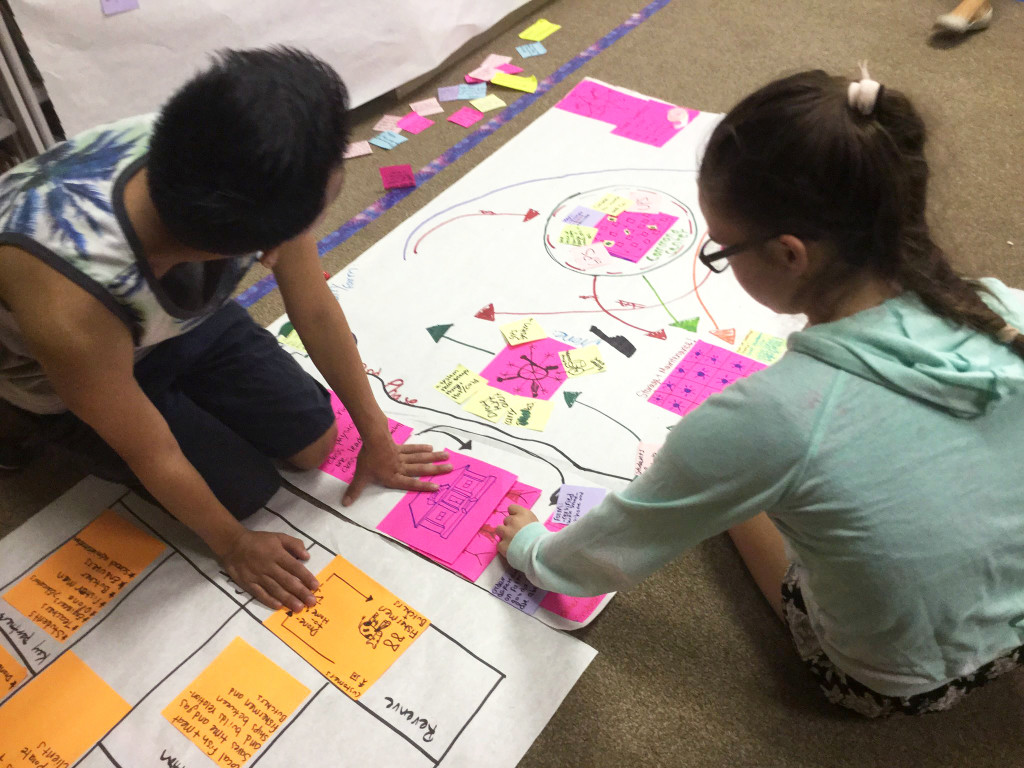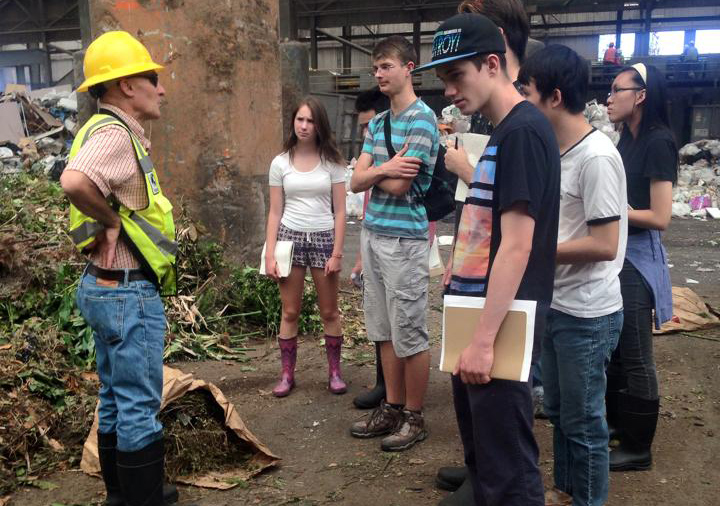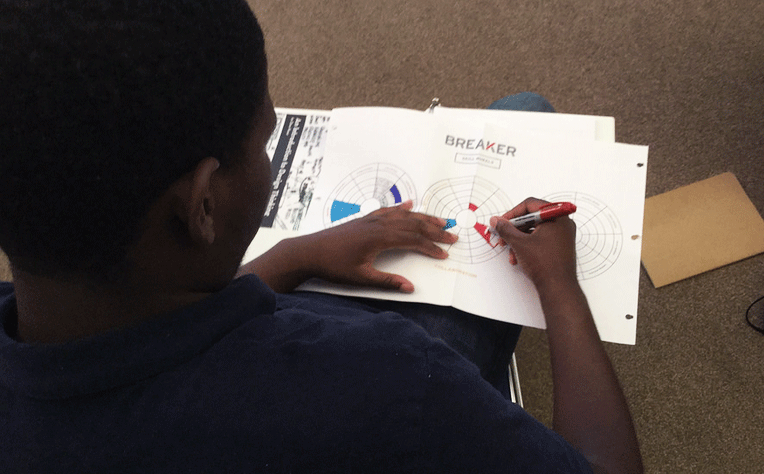THE CHALLENGE
“Getting food from the farm to our fork eats up 10% of the total U.S. energy budget, uses 50% of U.S. land, and swallows 80% of all freshwater consumed in the United States. Yet, 40% of food in the United States today goes uneaten. This not only means that Americans are throwing out the equivalent of $165 billion each year, but also that the uneaten food ends up rotting in landfills as the single largest component of U.S. municipal solid waste where it accounts for a large portion of U.S. methane emissions. Reducing food losses by just 15% would be enough food to feed more than 25 million Americans every year at a time when one in six Americans lack a secure supply of food to their tables. Increasing the efficiency of our food system is a triple bottom line solution that requires collaborative efforts by businesses, governments and consumers.”
Excerpted from “Wasted: How America is Losing Up to 40 Percent of its Food from Farm to Fork to Landfill”, NRDC Issue Paper, August 2012, Dana Gunders.
How might we…
-
reduce the community’s consumption of food resources?
-
generate as little waste as possible?
-
find the best use for any waste that it does generate?
THE RESULTS
The Breaker team in Portland, Oregon represented high schools across the metro area. Several came by way of College Possible, an organization that supports low-income students on their path to college graduation. Check out the solutions they designed!
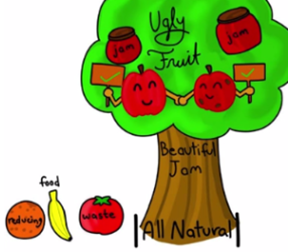
Ugly! Jam: a delicious fruit spread made from imperfect produce that farmers would otherwise throw away.
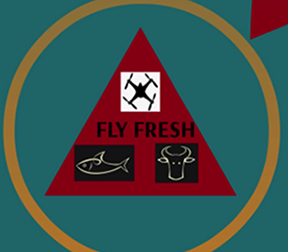
Fly Fresh: a drone-to-home fish and meat delivery service that decreases distribution time and waste by connecting customers to local fishermen and farmers.
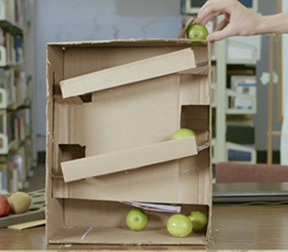
Fruit Chute: a cascading produce display that dispenses fruit smoothly and efficiently, increasing customer satisfaction while decreasing waste that comes from overstocking.
THE PARTNERS
The Breaker ecosystem is an ever-changing network of schools, communities, designers, and entrepreneurs. In Portland, we connected with people who work across food systems – from farmers to waste management facilities – to design and implement solutions to food waste.

THE ASSESSMENT
Creativity. Collaboration. Communication. The demands of the 21st century call on all of us to reframe how we learn, teach, and work. There is a profound disconnect between what students are taught in school and what workplaces and the world require of them. The Breaker Wheel is a Common Core-aligned assessment tool to measure high-level employable skills like creativity, collaboration, and communication.
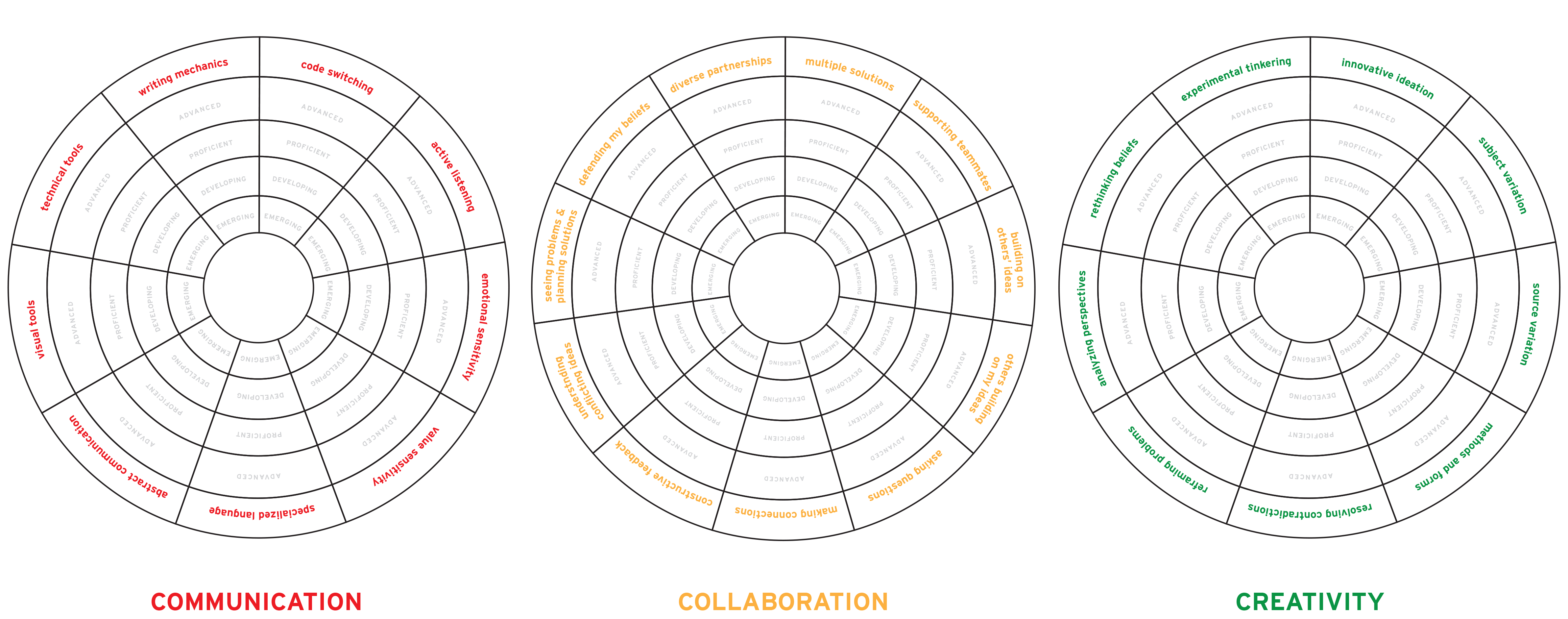
A glimpse at The Breaker Wheel rubric that corresponds with the circle assessment charts.
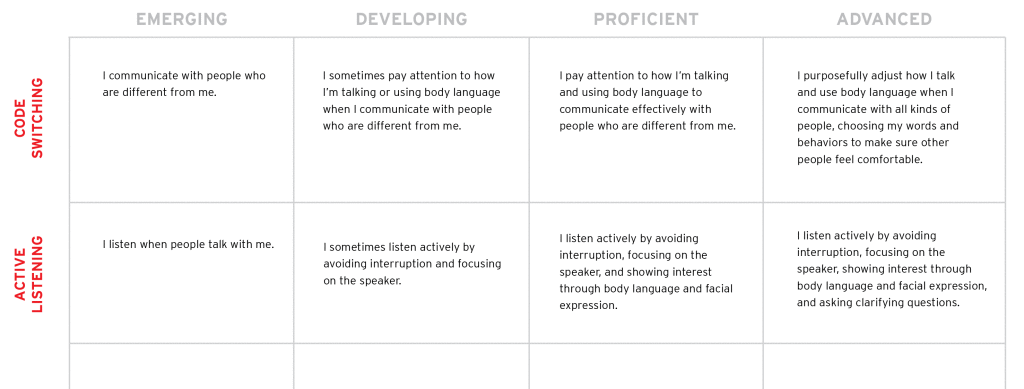
Significant growth resulted from the Future of Food challenge as reported by evaluators and by Breakers themselves.
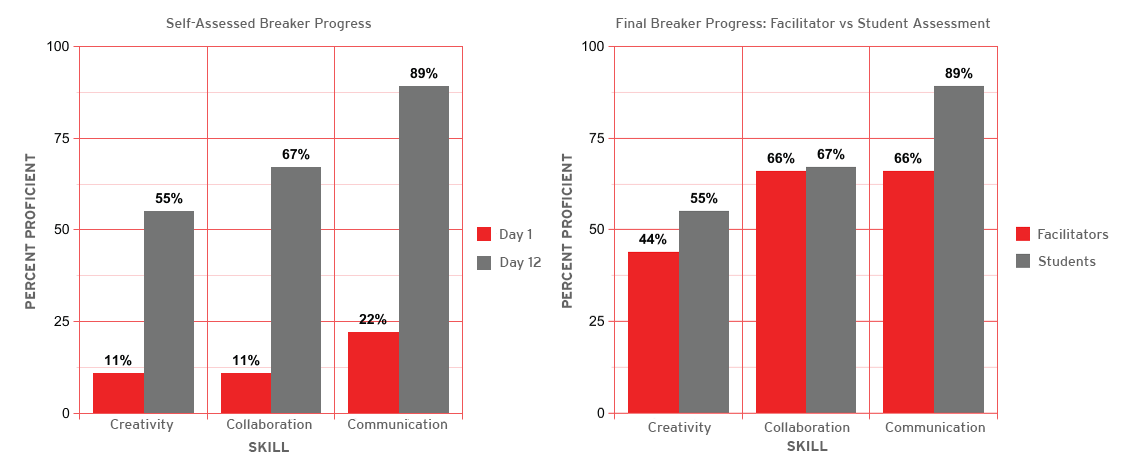
INTERESTED IN A BREAKER CHALLENGE?
Food sustainability is just one example of the kinds of global challenges we use to train young people to be creative, collaborative problem-solvers. Interested in bringing a Breaker Challenge to your school or community? Give us a holler at info@breaker.org
